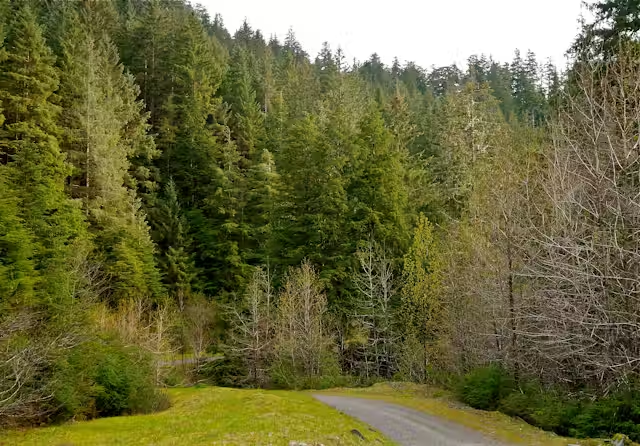Introduction
In the face of escalating climate change concerns, the spotlight has increasingly turned to natural solutions that mitigate carbon dioxide (CO2) levels in the atmosphere. Among these, forests stand out as remarkable allies in the battle against global warming. Beyond their aesthetic appeal and biodiversity, forests play a pivotal role in carbon sequestration—a process fundamental to regulating Earth’s climate. This article delves into the intricate mechanisms through which forests capture and store carbon, explores the factors influencing their efficacy as carbon sinks, examines global initiatives aimed at forest conservation, and discusses the potential of technological advancements in forest management to enhance their carbon sequestration capabilities.

Understanding Carbon Sequestration in Forests
Forests act as carbon sinks through the process of carbon sequestration, whereby trees and other vegetation absorb CO2 from the atmosphere during photosynthesis and store it in their biomass, soil, and organic matter. This natural process helps mitigate the greenhouse effect by reducing the amount of CO2 in the atmosphere, thus curbing global warming.
Mechanisms of Carbon Sequestration
- Photosynthesis and Biomass Accumulation: The primary mechanism by which forests sequester carbon is through photosynthesis. Trees absorb CO2, converting it into carbohydrates that are used to build their biomass—trunks, branches, leaves, and roots. As forests mature, their biomass accumulates, locking away substantial amounts of carbon over decades to centuries.
- Soil Carbon Storage: Forest soils also play a crucial role in carbon sequestration. Organic matter from fallen leaves, branches, and decomposing roots enriches the soil, where carbon can be stored for extended periods. Healthy forest ecosystems maintain a delicate balance of carbon flux between the atmosphere and soil, contributing significantly to carbon sequestration.
- Old-Growth Forests and Long-Term Storage: Old-growth forests, characterized by mature trees and complex ecosystems, are particularly effective at long-term carbon storage. These forests have accumulated large carbon stocks over centuries, making them vital in global efforts to combat climate change.
Factors Influencing Carbon Sequestration
- Forest Type and Diversity: Different forest types sequester carbon at varying rates. Tropical rainforests, for instance, are highly efficient due to their rapid growth rates and dense vegetation. Conversely, boreal forests and temperate woodlands also contribute significantly but at a slower pace.
- Climate and Geographic Location: Climate conditions such as temperature and precipitation influence forest growth rates and thus carbon sequestration. Regions with favorable conditions for tree growth tend to sequester more carbon than those with harsh climates.
- Human Activities and Disturbances: Deforestation, forest degradation, and land-use changes disrupt carbon sequestration processes. Human activities like logging, agriculture, and urbanization contribute to carbon emissions rather than storage, posing significant challenges to global carbon sequestration efforts.
Global Initiatives and Policies
- International Agreements: The United Nations Framework Convention on Climate Change (UNFCCC) emphasizes the role of forests in mitigating climate change through initiatives like REDD+ (Reducing Emissions from Deforestation and Forest Degradation).
- Forest Conservation and Restoration: National and international programs promote forest conservation and restoration efforts to enhance carbon sequestration capacities. Initiatives include afforestation (planting new forests) and reforestation (restoring degraded forests), aimed at increasing global forest cover and carbon stocks.
Technological Advancements in Forest Management
- Remote Sensing and Monitoring: Satellite imagery and remote sensing technologies facilitate real-time monitoring of forest cover, biomass, and carbon stocks. These tools help assess forest health, detect deforestation, and guide conservation efforts.
- Forest Carbon Projects: Innovative projects leverage technology to quantify and verify carbon sequestration in forests, supporting financial incentives like carbon credits for forest conservation.
Conclusion
Forests represent nature’s invaluable resource in mitigating climate change through carbon sequestration. As global temperatures rise and CO2 levels escalate, preserving and expanding forest ecosystems are imperative for maintaining Earth’s climate stability. Effective forest management, supported by international cooperation, technological advancements, and sustainable practices, holds the key to maximizing forests’ potential as carbon sinks. By understanding and harnessing the mechanisms of carbon sequestration in forests, humanity can embark on a path toward a sustainable future, where nature and technology work hand in hand to combat climate change and safeguard the planet for generations to come.

